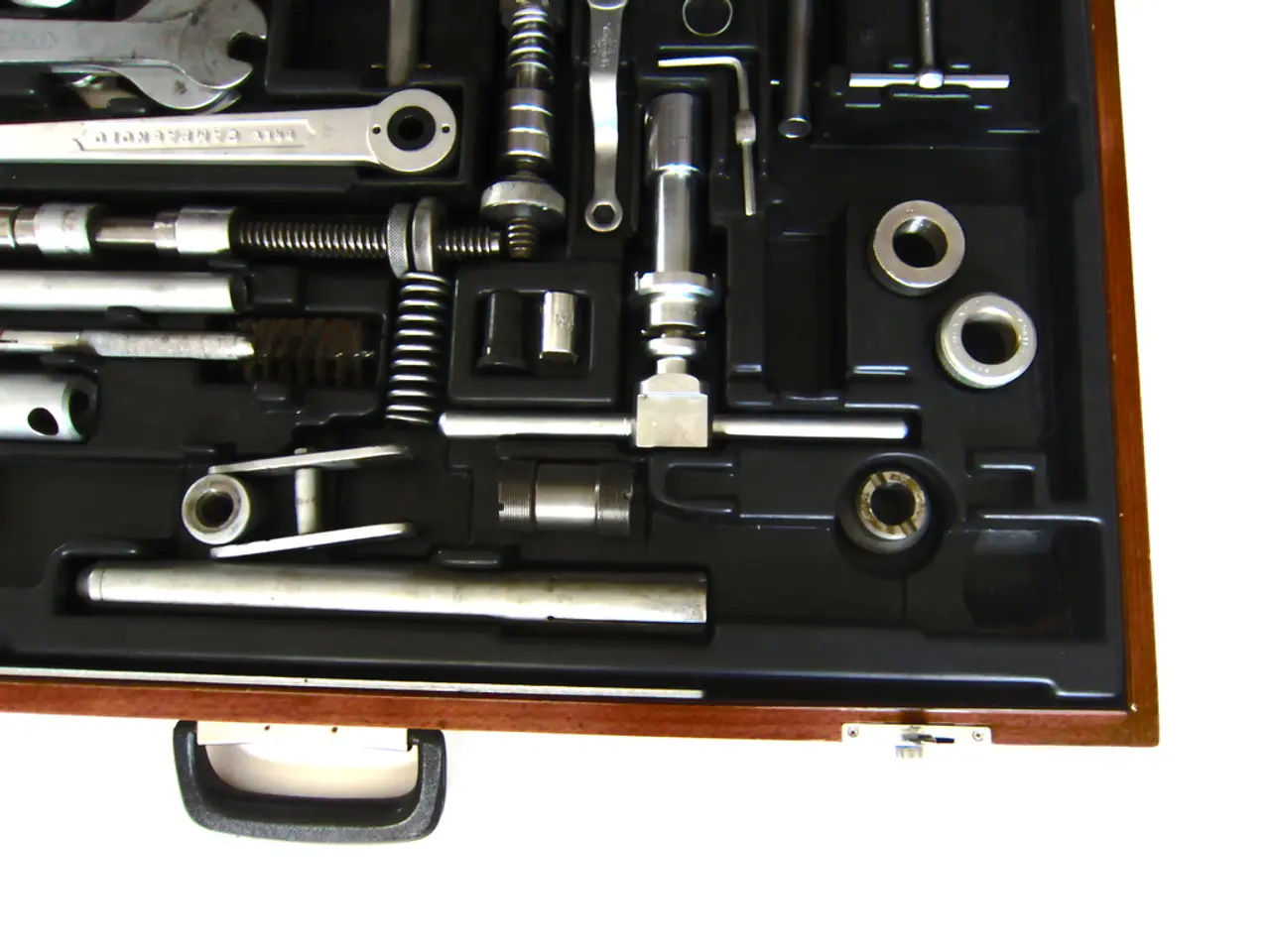Advantages of Implementing a Laboratory Execution System (LES) within LabVantage LIMS Software
In today's fast-paced laboratory environment, efficiency and data quality are paramount for success. A valuable addition to a laboratory's LabVantage LIMS is the Laboratory Execution System (LES), a supplemental module designed to streamline workflows, reduce manual errors, and ensure regulatory compliance.
By electronically reviewing the worksheets within the system, LES eliminates the need for analysts to download, manually submit, and scan controlled copies of forms. This paperless process creates an electronic central location for testing documentation, reagent preparation, and instrument certification records, contributing positively to company sustainability by decreasing the amount of paper used in the lab.
LES offers guided execution similar to a recipe for an assay, guiding laboratory analysts through the testing execution with step-by-step instructions. This structured approach improves efficiency by reducing guesswork and variability in experiments or sample handling.
LES can capture data on the completion of ancillary laboratory processes, such as mixed reagent preparation and instrument certifications. Calculations can be set up in the master data to automatically perform mathematical analysis of the data entered, further enhancing data accuracy.
The LES worksheet is created through multiple factors, including instruments and reagents used, completion of steps, data such as temperatures and incubation times, result entry, and e-signature. Customizable security settings prevent an analyst from editing or deleting sections of the LES worksheet, ensuring data integrity.
LES worksheets are straightforward to navigate and can be generated with a simple click of a button. The system can be set up for sample testing, both individual test methods and batched testing (AQC Methods).
Implementing LES can save time and resources in today's laboratories, where efficiency is necessary, and return value to the lab. By reducing manual steps, improving operator guidance, and automating data flow, LES shortens lab workflows and accelerates sample analysis, leading to faster results availability.
Moreover, LES enforces adherence to standard operating procedures (SOPs) and regulatory requirements, ensuring data integrity and regulatory compliance within the LabVantage LIMS framework. This compliance readiness is crucial for audits and inspections.
In conclusion, a Laboratory Execution System enhances a LabVantage LIMS by standardizing and automating laboratory workflows and data capture, boosting efficiency and ensuring high data quality and regulatory compliance. This integrated approach enables laboratories to optimize operational performance and maintain robust, reliable data management.
Our experienced team can provide guidance and help develop an individualized plan for implementing LES in a laboratory. So, if you're looking to streamline your laboratory operations and improve data quality, consider integrating LES into your LabVantage LIMS.
- Incorporating SAP solutions, such as ERP systems and consulting services, can aid laboratories in integrating the Laboratory Execution System (LES) with existing LabVantage LIMS, enhancing the overall efficiency.
- With the advent of technology, LES can be integrated with retail and consumer products industries, using its features to manage and track quality control processes, ensuring sustainability in the production of consumer goods.
- By automating data flow and providing step-by-step guidance, LES contributes to the life sciences sector, streamlining research operations and minimizing errors in experimental or sample handling, thereby boosting the efficiency of scientific research.
- As part of digital transformation efforts, implementing LES in a lab setting can positively impact operations by utilizing technology to improve and standardize workflows, ultimately leading to increased productivity and regulatory compliance.
- In a technological landscape focused on innovation, LES can collaborate with other systems and participate in the development of industry standards in the field of life sciences and consumer products, promoting continued advancement in the disciplines of science and technology.




